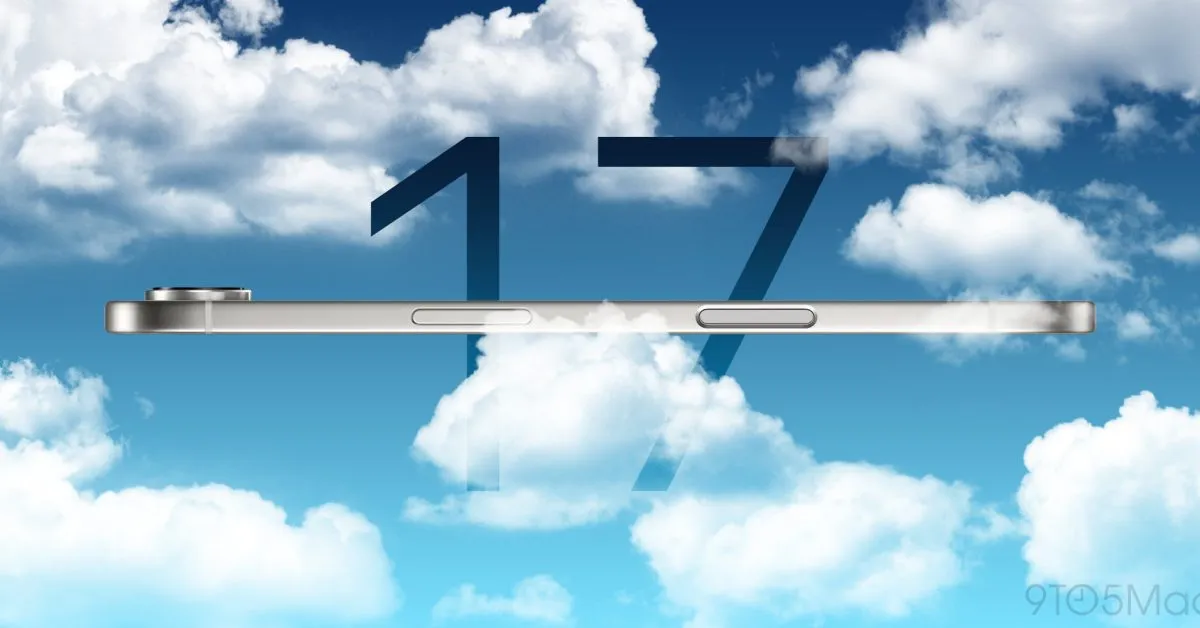
In a recent post on Naver, the well-known smartphone supply chain leaker yeux1122 has revealed intriguing details about Apple’s highly anticipated iPhone 17 Air. This account primarily aggregates leaks from Chinese social media platforms and has earned a reputation for its reliability in sharing supply chain information. The latest update emphasizes key specifications such as the weight, battery capacity, and thickness of the iPhone 17 Air, citing a “mass production confirmed sample” as the source.
According to the leak, the iPhone 17 Air will feature a slim profile with a thickness of 5.5mm, a detail previously mentioned by analyst Ming-Chi Kuo. In addition to its thin design, the phone is expected to weigh approximately 145 grams, which aligns it closely with the weights of the iPhone SE 2 and iPhone 13 mini, weighing 148 grams and 141 grams, respectively. This lightweight design will provide users with a comfortable experience, allowing them to enjoy a larger 6.6-inch display without the bulk.
However, the battery capacity of the iPhone 17 Air has raised some eyebrows. The phone is set to come with a 2800mAh battery, which may lead to sub-optimal battery life. Reports have emerged indicating that Apple’s internal tests suggest only about 60-70% of users will achieve a full day’s battery life, compared to the more typical 80-90% seen in previous models. For context, this battery capacity is similar to that of the nearly five-year-old iPhone 12 and iPhone 12 Pro, both of which housed a 2815mAh battery.
While the iPhone 17 Air’s battery capacity may not be impressive, Apple is reportedly working on an AI-powered battery optimization feature slated for iOS 19. This innovation could enhance the device’s battery performance, potentially mitigating some concerns related to its smaller capacity. For comparison, the iPhone 16 boasts a 3561mAh battery, while the iPhone 16 Plus contains a substantial 4674mAh battery, highlighting a notable reduction in battery size with the iPhone 17 Air.
Interestingly, the leak also hints at the possibility of a high-density battery that could fit within the 2800mAh cell size. If implemented, this technology could potentially increase the “actual capacity” by 15-20%, allowing the iPhone 17 Air to achieve battery life closer to that of standard iPhone models.
Despite some concerns regarding battery capacity, the iPhone 17 Air’s impressive weight of 145 grams positions it as an appealing option for users seeking a lightweight smartphone with a larger display. With the rumored enhancements in battery optimization and the potential for a high-density battery, Apple may still deliver a competitive product in the ever-evolving smartphone market.
Stay tuned for more updates as we approach the official release of the iPhone 17 Air, which promises to bring a blend of innovative features and lightweight design.